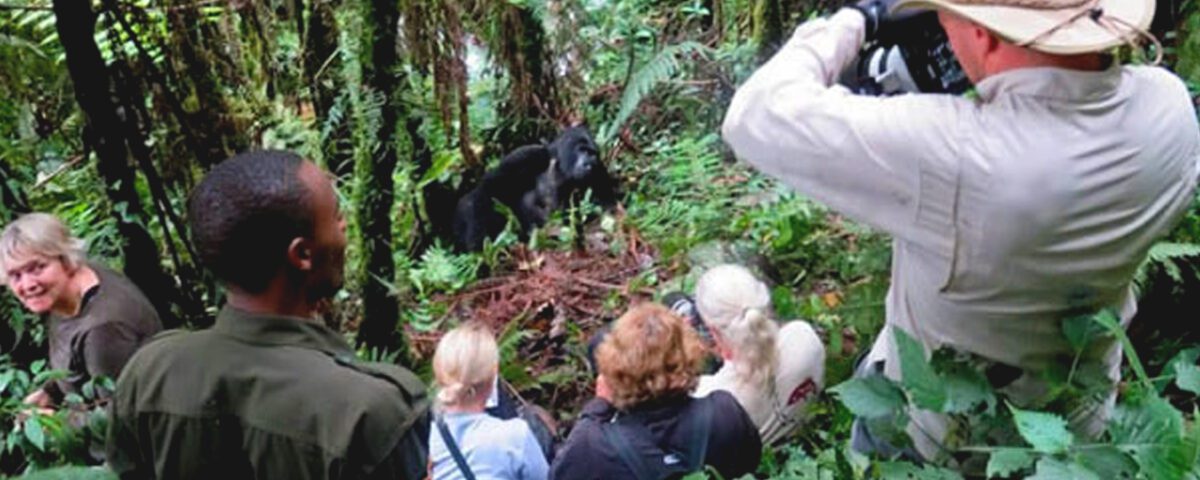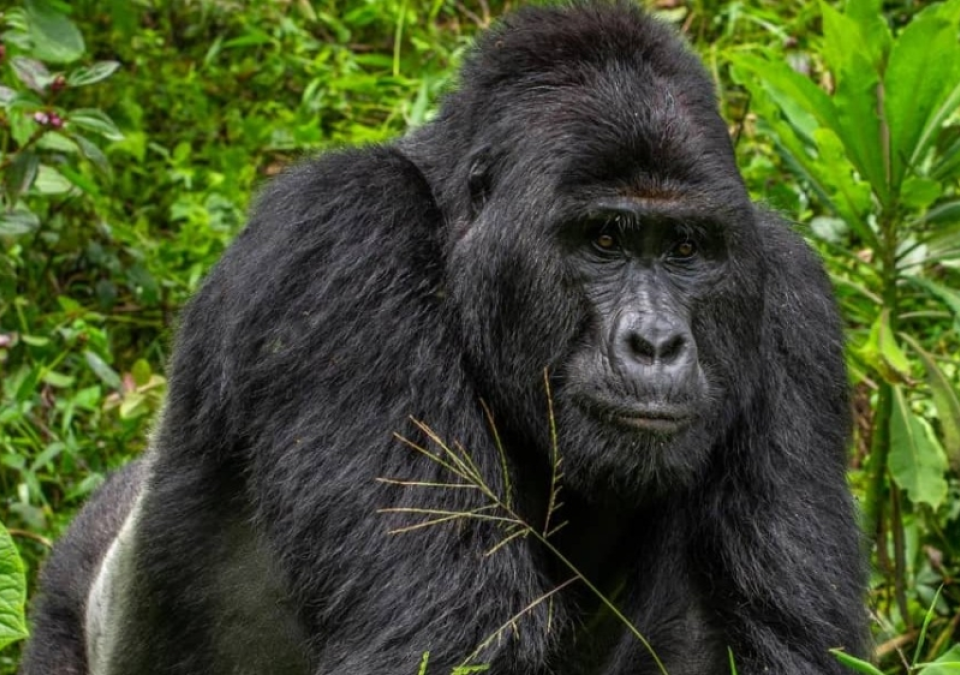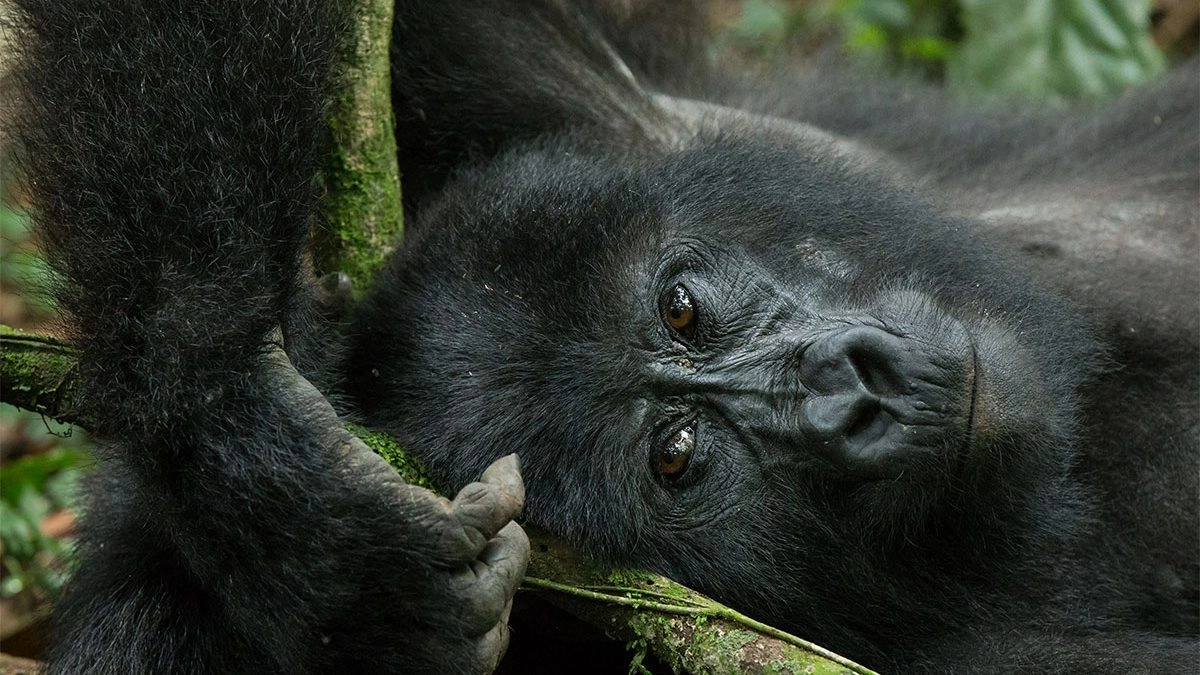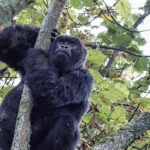
When Should I Go Gorilla Trekking in Rwanda?
July 16, 2025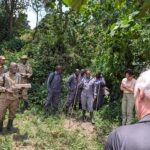
What is the Cheapest Way to Go Gorilla Trekking?
July 16, 2025How Much Does It Cost to Go Gorillas Way?
Embarking on a Gorilla Trekking adventure in East Africa is more than just a journey into the wilderness—it’s an immersion into one of the planet’s last strongholds of endangered mountain gorillas, pristine rainforests, and vibrant cultures. Whether you’re considering a Uganda safari or planning a Rwanda tour, the question “How much does it cost to go gorillas way?” often arises as one of the first and most important planning concerns. This comprehensive guide by Ovacado Adventures Ltd aims to break down the full cost of gorilla trekking while also showcasing how to combine this once-in-a-lifetime activity with other unforgettable experiences such as chimpanzee tracking, cultural tours, and classic wildlife safaris.
For wildlife lovers, nature photographers, and culture seekers, East Africa—especially Uganda and Rwanda—offers some of the richest biodiversity and cultural depth in the world. Gorilla trekking in Uganda and gorilla trekking Rwanda stand out as signature experiences, but their costs vary depending on several factors including permits, accommodation, transport, guide services, and optional extensions like chimpanzee tracking or a broader wildlife safari. This guide not only explains the costs but also explores how to make the most of your investment with a well-planned, meaningful journey through Uganda or Rwanda.
Gorilla Trekking Permit Costs – A Key Budget Factor
Understanding Permit Pricing in Uganda and Rwanda
At the heart of every gorilla trekking adventure is the permit—your official authorization to enter the forest and spend a magical hour with a family of mountain gorillas. For travelers wondering how much it costs to go gorillas way, permit fees form the biggest portion of the budget. In Uganda, as of 2025, a Gorilla Trekking permit costs $800 per person for foreign non-residents. This gives you access to either Bwindi Impenetrable National Park or Mgahinga Gorilla National Park, both of which are rich in biodiversity and home to multiple habituated gorilla families.
Meanwhile, Rwanda safari enthusiasts will need to budget $1,500 for a Gorilla Trekking Rwanda permit to explore the famed Volcanoes National Park. Though higher in cost, Rwanda’s advantage lies in its accessibility; the gorilla trekking areas are just a 2.5-hour drive from Kigali, reducing your need for domestic flights or long drives.
For those wanting a deeper interaction, Uganda also offers a Gorilla Habituation Experience, where guests can spend up to 4 hours with a semi-habituated gorilla group. This unique opportunity comes at a premium price of $1,500, but the value of a prolonged, immersive experience is priceless for wildlife enthusiasts and researchers.
Accommodation and Logistics – Tailoring Comfort to Budget
Where to Stay and How to Get There
Another major component of the question, how much does it cost to go gorillas way, revolves around accommodation and transport. Uganda and Rwanda offer a wide range of lodging options to suit every travel style—from budget-friendly guesthouses to ultra-luxury jungle lodges. In Uganda, you can find budget accommodations in Bwindi starting at $50 per night, mid-range lodges at $150–$250, and high-end options such as Clouds Mountain Gorilla Lodge or Sanctuary Gorilla Forest Camp at over $900 per night. Rwanda, known for its luxury tourism model, offers budget lodges from $100 per night, mid-range at $300–$500, and luxury experiences like Bisate Lodge starting at $1,000+ per night.
Transport within the country also plays into your total safari cost. In Uganda, traveling to Bwindi or Mgahinga usually requires either a domestic flight (around $300–$400 one way) or a road transfer (7–10 hours from Entebbe/Kampala). In contrast, Rwanda’s Volcanoes National Park is more accessible via a short scenic drive from Kigali.
Don’t forget essential add-ons like porter services ($10–$20), tips for rangers and guides ($10–$30), and meals or entrance fees to community projects and cultural centers. Together, these elements help create a richer, more seamless Gorilla Trekking experience.
Adding Value: Wildlife Safaris and Chimpanzee Tracking Extensions
Why Stop at Gorillas? Broaden Your East African Safari
Gorilla trekking is extraordinary, but it need not be a standalone adventure. One of the best ways to maximize your East African travel investment is to combine Uganda Gorilla Trekking or Rwanda Gorilla Trekking with other iconic experiences such as chimpanzee tracking, big game wildlife safaris, and scenic nature tours.
In Uganda, after your trek in Bwindi, you can venture to Kibale Forest National Park for chimpanzee tracking—an exhilarating walk among troops of wild chimps in their dense rainforest home. You can also journey to Queen Elizabeth National Park, where lions, elephants, hippos, and buffalo roam. Add a boat safari on the Kazinga Channel for breathtaking birdlife and close encounters with Nile crocodiles and elephants.
In Rwanda, consider combining your Gorilla Trekking Rwanda experience with a visit to Nyungwe Forest National Park, home to chimpanzees and 12 other primate species. For those seeking a classic savannah safari, Akagera National Park offers the chance to see lions, rhinos, giraffes, and more in a beautifully restored ecosystem.
Each of these combinations elevates the answer to “how much does it cost to go gorillas way?” from a question about dollars to a question about value—and few travel experiences offer more in return than a multi-faceted Uganda safari or Rwanda tour.
Cultural Experiences – Deepen Your Connection with Africa
Discover the People Behind the Parks
No Gorilla Trekking experience is truly complete without engaging with the local communities whose lives and traditions are intricately tied to the land and its wildlife. Cultural tours are an enriching way to enhance your understanding of the region while directly supporting conservation and community development.
In Uganda, the Batwa Experience near Bwindi offers insight into the traditions of the Batwa pygmies, the original forest dwellers. You’ll walk through the forest with Batwa guides, learn about traditional herbal medicine, and hear powerful stories about displacement and resilience. This cultural extension can be seamlessly integrated with Uganda Gorilla Trekking for a deeper, more meaningful safari.
Rwanda also excels in cultural storytelling. Through village visits, museum tours, and Intore dance performances, you’ll experience the grace and strength of Rwandan heritage. The Iby’Iwacu Cultural Village near Volcanoes National Park provides hands-on interaction with local crafts, songs, and cooking traditions.
These experiences add emotional and intellectual depth to your safari, transforming your understanding of the region from one of mere observation to true appreciation. In short, if you’re asking how much does it cost to go gorillas way, remember that the richest rewards are often the most human.
Conclusion: How Much Does It Cost to Go Gorillas Way?
When all elements are considered—permits, lodging, transportation, additional activities, and cultural experiences—the average cost of going “gorillas way” can range between $2,500 and $7,000+ per person, depending on your level of comfort and trip duration. While Rwanda generally offers a more premium-priced experience, Uganda remains a more affordable yet equally rewarding option for Gorilla Trekking and broader wildlife safaris.
By booking with Ovacado Adventures Ltd, travelers benefit from personalized itineraries, local expertise, and support in creating ethical, impactful journeys. Whether you’re drawn to the forests of Uganda or the volcanoes of Rwanda, this unforgettable journey into the heart of Africa is worth every cent.
So, how much does it cost to go gorillas way? With the right planning and a trusted partner like Ovacado Adventures Ltd, the real value lies not just in the cost—but in the unmatched memories you’ll carry for a lifetime.


